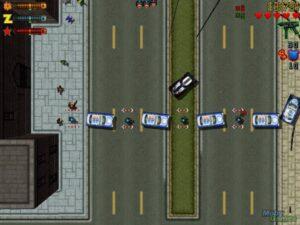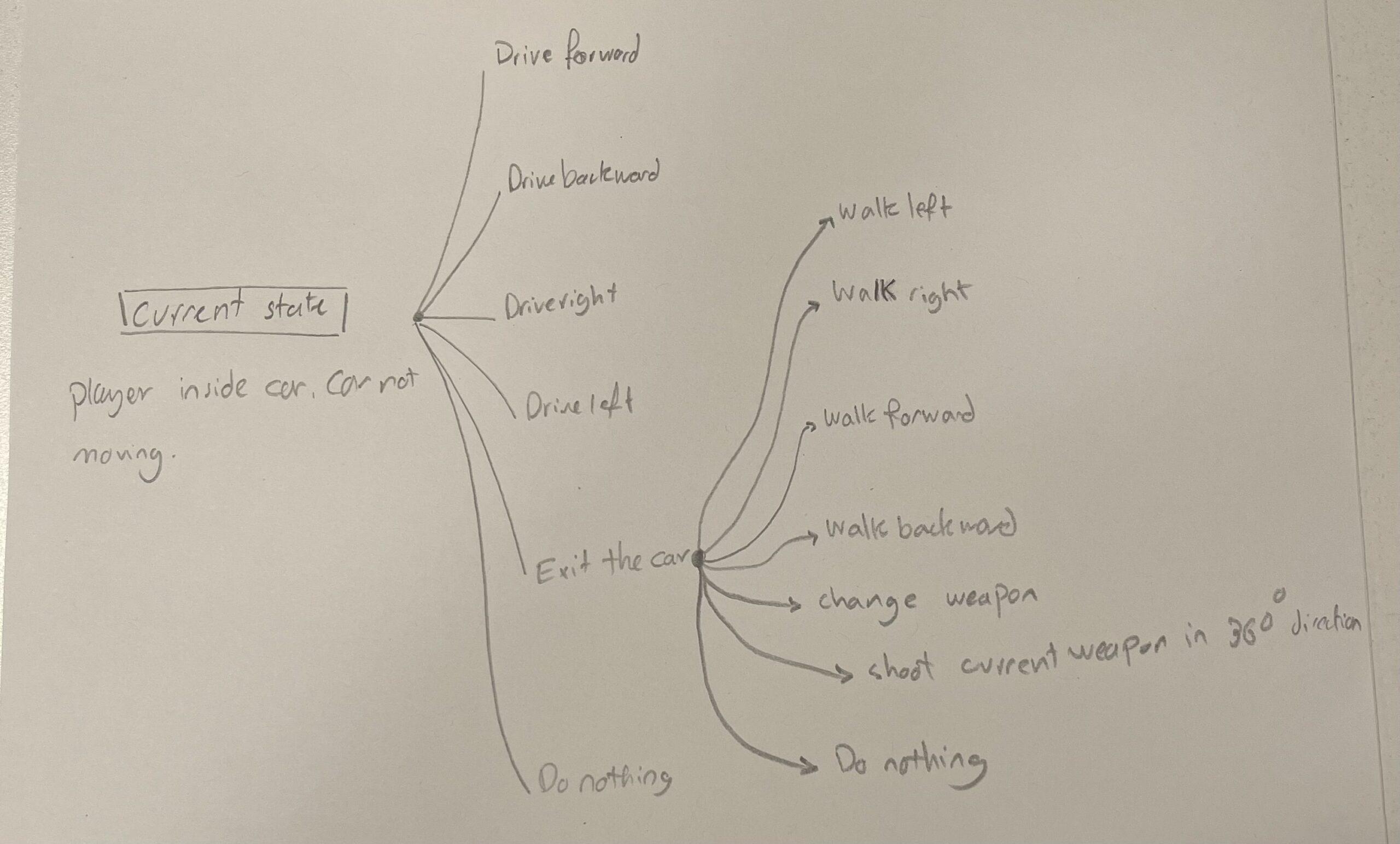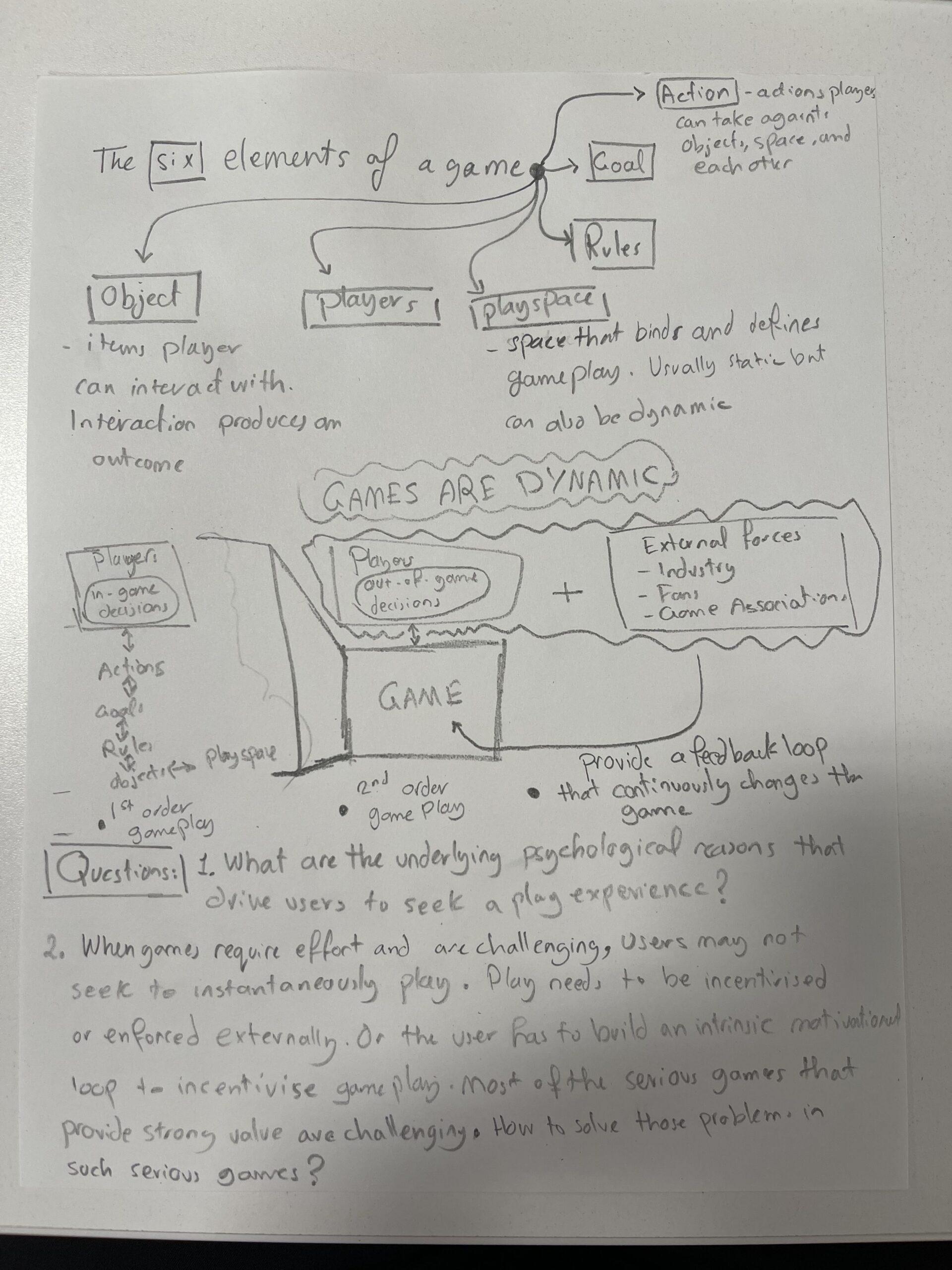Sketchnote
Exercises
Question 1: Identify the basic elements in a game of your choice (actions, goals, rules, objects, playspace, players).
- Game of choice: Tennis
- Actions:
- Moving across the field
- Hitting the ball differently (Serve, Groundstroke, Volley, Lob, Drop shot, etc.)
- Goals:
- Win the tennis game by reaching a predetermined winning score threshold (based on points and games).
- Rules:
- Space rules (court boundaries): court space is constrained depending on the number of players.
- Serve rules: when and how to hit the ball at serve initially and during the game.
- Net rules: shots must go over the net to be legal.
- Order of play: players alternating roles it serves
- Line calls: judges call line shots. In the absence of judges, players call the line shots.
- Other rules
- Objects:
- Net
- Ball
- Racket
- Playspace:
- Tennis court
- Players
- Two
- Four players
Question 2: As a thought experiment, swap one element between two games: a single rule, one action, the goal, or the playspace. For example, what if you applied the playspace of chess to basketball? Imagine how the play experience would change based on this swap.
- In Monopoly, you move places based on the roll of a dice. This is a rule. If this rule is applied to tennis, players can serve a number of times that is equal to the number that results from a dice roll instead of the standard three serves they get at the beginning.
Question 3: Pick a simple game you played as a child. Try to map out its space of possibility, taking into account the goals, actions, objects, rules, and playspace as the parameters inside of which you played the game. The map might be a visual flowchart or a drawing trying to show the space of possibility on a single screen or a moment in the game.
- The game would be based on GTA 2: GTA is a single-player exploration game where the player can perform many activities in a 2D environment, like driving a car. In this game state below, the player is in the black car blocked by a row of police cars.

- From the game state in the screenshot, the player can interact with the keyboard and mouse to produce six different game states. This would be one single transition of the game state. Each new game state would have multiple other options. This creates the flow of the game. Below is an illustration of the six states and the multiple states they can lead to.

Question 4: Pick a real-time game and a turn-based game. Observe people playing each. Make a log of all the game states for each game. After you have created the game state logs, review them to see how they show the game’s space of possibility and how the basic elements interact.
- I chose wrestling (real-time) and chess (turn-based):
- Wrestling (real-time)
- Game state 1: The wrestlers start facing each other while waiting for the match to begin. The referee signals that the match has started.
- Game state 2: The wrestlers move toward each other and grab onto each other in the middle of the mat, each trying to get in a more advantageous position.
- Game state 3: Wrestler A gets a strong grip on Wrestler B and drives him back toward the edge of the mat.
- Game state 4: Wrestler B stops his backward movement and is able to spin around Wrestler A to break free of the grip.
- Game state 5: The wrestlers engage again, this time with Wrestler B trying to grab one of Wrestler A’s legs to take him down.
- Game state 6: Wrestler A widens his stance to block Wrestler B from completing the leg grab takedown. They reset to starting positions.
- Game state 7: Wrestler A fakes a grab at Wrestler B’s legs, then actually grabs the legs to take Wrestler B down to the mat.
- Game state 8: With Wrestler B on the mat, Wrestler A tries to flip him onto his back to pin him.
- Game state 9: Wrestler B is able to escape from the pin attempt and stand back up with 10 seconds left.
- Game state 10: The match ends without any additional points being scored.
- Chess (turn-based)
- Game state 1: Initial board setup, white to move first.
- Game state 2: White pawn to e4.
- Game state 3: Black knight to f6.
- Game state 4: White bishop to c4.
- Game state 5: Black pawn to e5.
- Game state 6: White knight to f3.
- Game state 7: Black pawn takes pawn on e4.
- Game state 8: White knight takes pawn on e4.
- Game state 9: Black bishop to b4.
- Game state 10: White knight to c3. Match still undetermined.
- The key differences:
- Wrestling has continuous action, while chess has discrete turns.
- In wrestling, the game state is constantly evolving in real-time. In chess, game state changes only on the player’s turn.
- Wrestling has simultaneous decisions by players. Chess has alternating decisions. Players think in the interim and make strategies but they do not commit and execute a decision until it becomes their turn.
- The space of possibility in wrestling emerges from the free-flowing physical interactions. In chess, it comes from the strict rules governing piece movements.
- Wrestling has perfect but fleeting information. Chess has perfect persistent information.
- The real-time and turn-based nature dictates how the basic elements of actions, rules, and objects interact and interplay.





